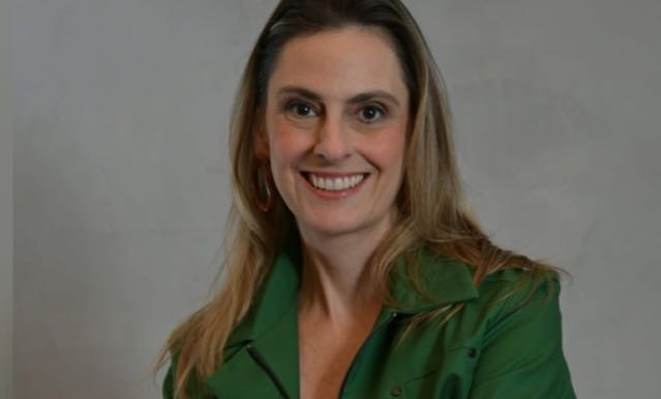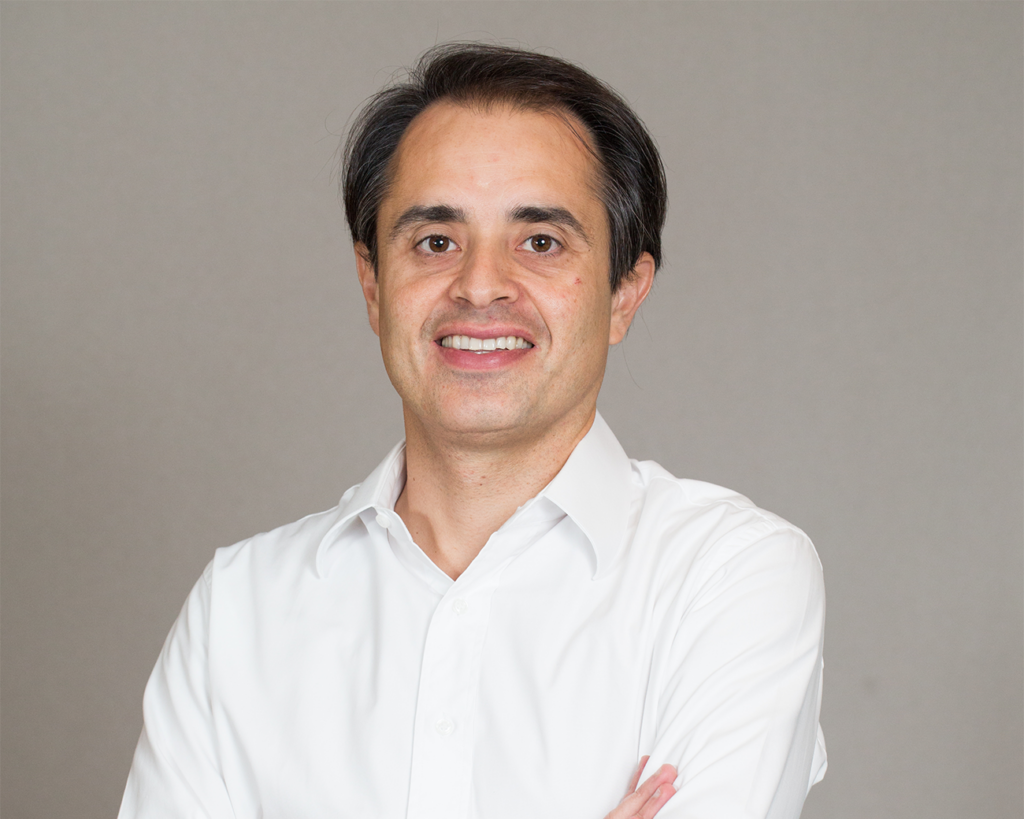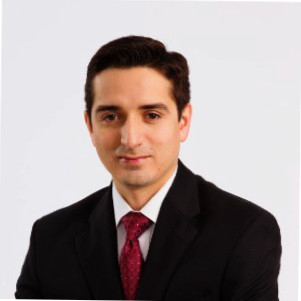LP Profiles, Member Profiles
Dr. Felipe Vilá González, Fondo de Fondos
20 November 2013

LAVCA spoke with Dr. Felipe Vilá González, Director General at Fondo de Fondos, to the PE ecosystem and the growth of domestic consumption in Mexico.
LAVCA: Please give some background on Fondo de Fondos and its scope. What is your AUM? How many funds have you invested in?
González: Fondo de Fondos (FdeF) was incorporated in February 2006 by four government owned Development Financial Institutions (DFIs): NAFIN, BANCOMEXT, BANOBRAS and FOCIR. At the FdeF’s incorporation, our shareholders transferred an investment portfolio in 14 private equity funds with commitments of US$140m. In addition to the transferred investment portfolio, and as of September 30th 2013, FdeF has committed US$501m to 41 funds (private equity, venture capital, infrastructure and real estate). From that amount we have already attended capital calls of US$218m, which has translated into investments in more than 246 companies in Mexico and Latin America.
LAVCA: How does Fondo de Fondos contribute to the PE ecosystem in Mexico?
González: We contribute by committing resources of capital in the entire ecosystem in the form of seed capital (SC), venture capital (VC) and private equity funds (PE). Also, to facilitate fund managers investments we have opened a co-investment policy when invited by a fund’s General Partner (GP) in which we have invested. We have also been an active sponsor in conferences organized by AMEXCAP and LAVCA. We have helped a Mexican University (IPADE) to launch a training program for fund managers. Finally, taking advantage of our shareholders relations with the government authorities, we have been very active in promoting some changes in regulation to facilitate fund manager activities, including areas such as tax rules and investment rules for Mexican pension funds (AFORES).
LAVCA: What factors do you consider when choosing a fund manager? How long does this process take? How do you evaluate first time funds or managers?
González: When investing in first time fund managers, we look at professional experience of the General Partner’s team, which often includes business executives, bankers, investment bankers and consultants. The main factors that we take into consideration are: intention to invest in Mexican companies, experience and track record of the administrator´s team, internal rate of return generated by previous activities, transparency and quality of information, planned corporate governance of the GP and the fund, projects in portfolio (pipeline), investment thesis, and the status of the capital raising process. We also run a process to deter money laundering and closely analyze the GP’s adherence to ESG, PRI and ILPA guidelines. We check references of the GP’s key personnel of the fund, and interview relevant people involved in the team’s previous activities.
It takes between 2 to 6 months, depending on the quality and opportunity of the information provided by the GP personnel, to conduct a due diligence process and prepare an investment memorandum to be analyzed by our investment committee. Then, we allow the GP to directly present their business opportunity to our investment committee.
Due to the nature of the Mexican private equity industry, which is in its early stages, first time funds are common. The fund’s management team has to demonstrate that their investment thesis is reasonable, with a logical business plan and that they are going to be able to raise enough capital to carry out their investment plan. If additionally, the fund presents a pipeline that is deemed attractive or is inside a sector that is successful in the economic environment, or is well known, or reputable, or offer a potential of growth, the fund has high probability of being approved.
LAVCA: What is the typical commitment to a fund/manager?
González: Expected risk adjusted return is analyzed on a case by case basis on the GP investment thesis and sectorial economic situation. For PE funds we have a capital commitment policy of a minimum of US$5m to a maximum of US$30m, with an average of US$14m. For VC funds our minimum is US$2m and a maximum of US$7m, with an average of US$5m.
LAVCA: Having invested in a wide range of managers in the country, what can you say about Mexico’s private equity community (strengths, weaknesses)?
González:
Strengths:
- It is a growing industry. Since 2006 when FdeF was incorporated, it has committed resources in 41 new Funds.
- The number of Limited Partners (LP) was sharply increased when Mexican regulators allowed Mexican pension funds to invest in this asset class through a listed instrument (CKD). Also, some insurance companies, who were interested in investing in this asset class, are starting to follow AFORES for opportunities in this industry.
- The number of Mexican Fund managers has been steadily growing, and now we have GPs that are managing second to fourth time funds. Also, it is fair to say that the quality of their activities in both investment-divestment processes and corporate governance has been improving, lowering financial risk and improving expected returns.
- The industry has been generating knowledge, thereby contributing to understanding the patterns and improving the statistical foundation, raising the interest of several service providers such as law firms, accounting firms, and investment banking institutions.
- International best practices have been adopted in legal documents, reporting, and general processes.
- The concept “conflict of interest” has been understood and eliminated.
Weaknesses:
- Greater tax flexibility is required so that Mexican and foreign investors can commit more capital in private equity and venture capital.
- There is a lack of clear guidelines in information disclosure in the investment made through CKDs.
- There are less opportunities for other investors due to lack of geographically diversification of the investments to date, since most of GPs are located in Mexico City and Monterrey.
- There is little interest in investing in agro-industry business.
- There is little interest from the Mexican universities in commercializing technology generated by their research departments.
LAVCA: Based on your experiences with various sectors what have been the best opportunities in Mexico?
González: Given Mexican demographics, the steady growth of the middle class and per-capita income, the low household debt level, as well as the growing availability to consumer credit, it is expected that domestic consumption will keep growing at a steady pace. Profitable investment opportunities are expected in sectors serving domestic consumption, such as health services, education, retail, lodging, agro-industry, and technology related companies.
Due to the aggressive infrastructure program launched by the new administration, we perceive great opportunities in infrastructure, clean energy activities and some municipal services (taking advantage of the new Private-Public Partnership Law), such as waste treatment plants.
Finally, from the closing of the unit labor cost between China and Mexico, many North American companies are returning their production activities to the region, so some industrial sectors will result in profitable investment opportunities.
LAVCA: How has Fondo de Fondos invested outside of Mexico?
González: Since our incorporation we have been very active in inviting international PE and VC fund managers to participate in Mexico. However, some PE GPs do consider Mexico as part of a broader region (Latin America), so we have committed capital regional funds. We only request that these funds will invest part of their resources in Mexico. At the company level, our current portfolio is, in value terms, 72% invested in Mexican companies and 28% in Latin American countries. It is our intention to continue committing capital in international GPs with sound track record that will partially invest in our country.
It is also critical to deal with local cultures – countries as large as Brazil are comprised of several very different regions – and to be able to be checked out by others – target companies, potential managers and service providers. For us, being locally known and speaking the language is key.
LAVCA: What markets and sectors are your highest priority right now?
González: It is important to understand that FdeF is a diversified investment fund, based on risk-adjusted returns, so we analyze case by case. Due to the real estate sector situation, we plan to reduce our percentage of exposure in this type of investment. Also, for our capital commitments during the next three years, we plan to allocate at least 50% to PE funds, no more than 15% to infrastructure (including clean energy), up to 10% to VC/Mezzanine funds, and up to 20% to co-investments with the funds to which we committed capital.
By region, we will invest in funds focused on Mexico and regional funds that include Mexico in their scope. Preference will be assigned to funds investing mainly in Mexico, Colombia, Peru and Chile; and marginally in Brazil and Central American countries.
LAVCA: What can you share about the performance of Fondo de Fondos backed funds?
Stage (group) | Number of Funds | IRR | Comments |
| Fully divested | 8 | 11.9% | Realized |
| Divesting | 16 | 3.8% | Partially realized |
| Investing | 20 | 1.0% | Unrealized |
| New (less than one year) | 6 | -17.6% | Mostly valued at cost |
Please notice that we have committed capital in 5 funds that have not yet realized their first close.
LAVCA: How are you preparing for changes to regulations based on the proposed reform? What aspect of the reform creates the biggest opportunity for Fondo de Fondos?
González:
The package of reforms includes labor reform, education, political-electoral, tax, financial sector and energy reform. There is some economic analysis that estimates that the proposed reforms will impact GDP growth in 2% producing an increase from an average rate of 3.5% to 5.5% over a three year period. So, in general terms it is expected that return from investing will be larger than that recently obtained.
If passed by Congress, the labor reform will make hiring more flexible and reduce the unit labor cost. On the other hand, energy reform will result in lower energy cost. If that is achieved, competiveness in the industrial sector will be improved, so PE funds focused on export oriented industrial companies will find greater opportunities. Also clean energy funds will have better opportunities.
Financial sector reform will result in increased credit availability at lower costs, so PE funds focused on domestic consumption will be benefited. In addition, Mexican companies will have greater access to financing.
However, tax reform reduces after-tax profitability for investors, since capital gains and dividends will be taxed. This will not affect some institutional investor such as pension funds.
LAVCA: What is your advice to fund managers interested in approaching Fondo de Fondos as an investor?
González:
We have a strong pipeline of opportunities to commit capital in several funds, so we would advise GPs to approach us as soon as possible. For international managers that are raising capital for Latin American funds, including Mexico in their investment strategy, and taking advantage of Mexican opportunities, will allow Fondo de Fondos to invest in their funds.
Present us with an investment strategy in line with track record and experience, backed by a strong pipeline and adherence to the standard principles and practices of the industry. Finally, be prepared for a strict due diligence process from our team.
You may be interested in...
-

Luciana Antonini Ribeiro, eB Capital
Executive: Luciana Antonini Ribeiro, Co-Founder and CIO Member Name: eB Capital Year...
-

Cristiano Gioia Lauretti, Kinea Private Equity
Member: Kinea Executive: Cristiano Gioia Lauretti, Head of Private Equity HQ: São...
-

Maria Pia Iannariello, MGM Innova Capital
LAVCA recently spoke with Maria Pia Iannariello, Co-Founder & COO of MGM Innova Capital,...
-

Rafael Ramirez, Portfolio Manager, Alaska Permanent Fund Corporation
LAVCA recently spoke with Rafael Ramirez, Portfolio Manager– Private Equity &...
